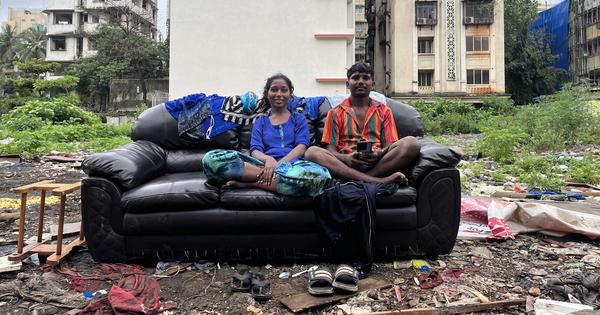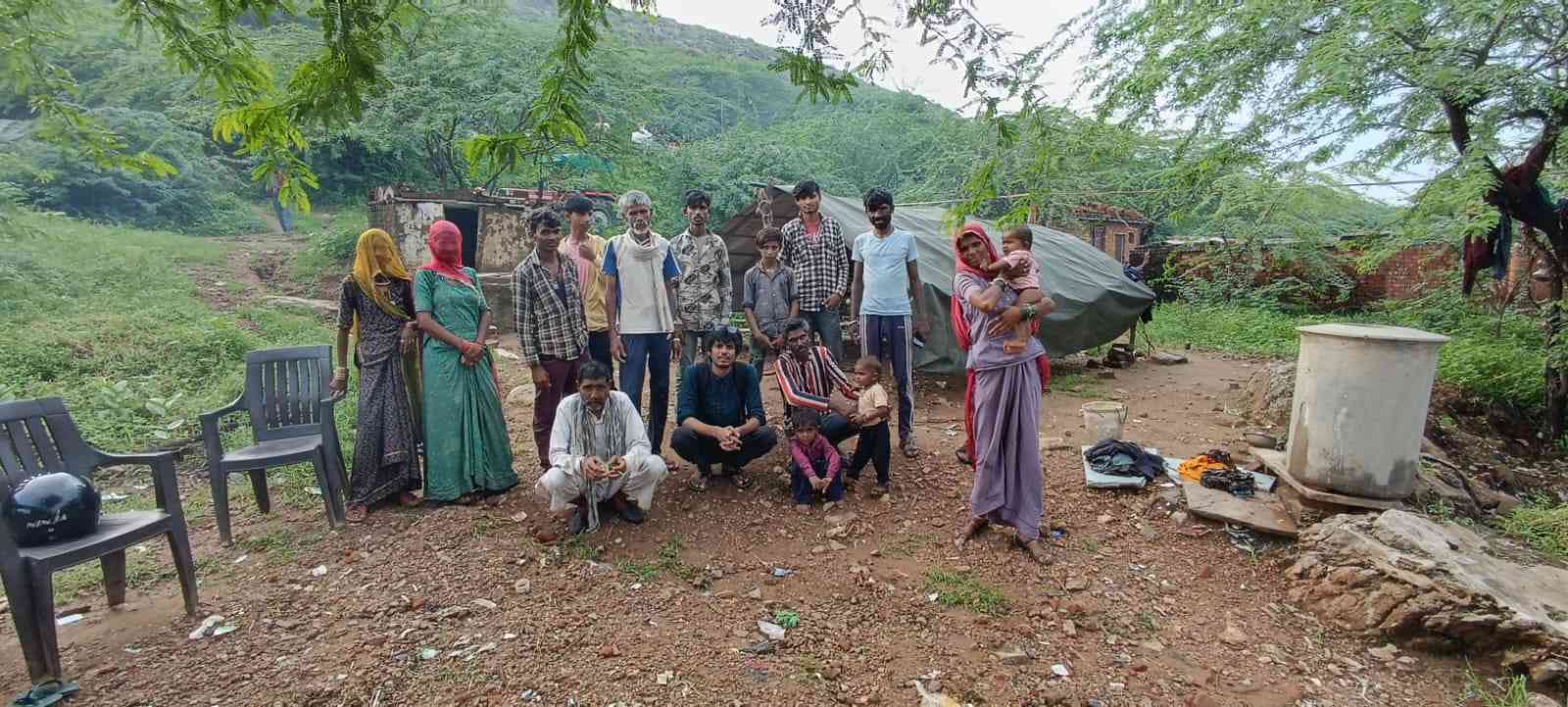
In his best-selling novel about the cult of Thuggee in 1839, British administrator Philip Meadows Taylor had as his protagonist a man who claimed to have murdered 719 people. Taylor shuddered at the thought that such “born criminals” lived undetected among ordinary Indians.
That single narrative of horror, repeated in novels, official reports and police manuals, would go on to justify laws that branded more than 200 Indian communities as “hereditary criminals”.
On August 31, 1952, the Indian government denotified the last of the so-called criminal tribes, striking the colonial stigma from its statute books. The day is observed by many as Vimukti Divas, or Liberation Day.
But though the groups have been denotified, the stain has never truly faded.
Wrongfully characterised as “Criminal Tribes” by the British Colonial rulers, a large proportion of India’s population celebrate 31st August, the day in 1952 when the Criminal Tribes Act was repealed and “Criminal Tribes” were de-notified, as Liberation Day or Vimukti Diwas.… pic.twitter.com/43ZD3a0LiR
— ActionAid Association (@ActionAidIndia) August 29, 2025
‘Born criminals’
Under British rule, communities that had been traditionally itinerant, outside settled agrarian society and revenue control, were cast as suspicious and dangerous. The Criminal Tribes Act of 1871 categorised them as “born criminals”.
Members of these communities were forced to register at police stations and endure constant surveillance. Any crime in the vicinity was automatically blamed on them.
Families were often confined to special settlements or reformation camps that had been opened to “wean them away from their criminal activities”. Their movements were restricted, and their traditional livelihoods destroyed. In effect, British policy criminalised entire communities by birth.
After Independence, a committee led by Ananthasayanam Ayyangar, declared that the Criminal Tribes Act was incompatible with constitutional ideals and recommended that it be repealed. The groups were referred to as the Denotified Tribes.
But this new identity and hard-won legal freedom came with a cruel catch. Shortly after repealing the Criminal Tribes Act, several state governments introduced the Habitual Offenders Act starting in the 1950s – laws that ostensibly deal with crime prevention but which effectively carried forward the colonial prejudice.
The law enforcement authorities continued to view the denotified tribes with suspicion. To this day, many police manuals and attitudes remain largely unchanged from colonial times.
People from these communities are still disproportionately detained as suspects since they are profiled as habitual offenders.
Independence on paper did not automatically translate into emancipation in daily life. Renaming the “criminal tribes” as “denotified tribes” or vimukt jatis ended the legal stigma, but the social stigma persisted.
Scholar GN Devy, who has spent decades working with these groups, says this is India’s “indelible stain”.
‘The systemic oppression of Vimukta communities or denotified tribes (DNTs) by the criminal justice system is poorly understood and rarely questioned.’
Nomadic and semi-nomadic Vimukta communities, historically labelled as criminal under the caste system, continue to face… pic.twitter.com/Jl41Ejw4sI
— India Development Review (@idr_online) April 21, 2025
More than 70 years on, freedom and the fruits of development have bypassed many of India’s denotified tribes. Homelessness, landlessness and the collapse of their traditional occupations have left them vulnerable.
For instance, the Kalbelias, who were once snake charmers, lost their livelihoods with the Wildlife Act of 1972. They now survive as ragpickers or beggars. Banjaras, who once were traders, Lohars (blacksmiths) and Nats (entertainers) see their skills devalued in a modern economy.
Lacking fixed addresses and often key documents, families are often denied rations, pensions, schooling and healthcare.
During my fieldwork to understand the cultural and economic life of these communities in northern India, I met members of the Sansi nomadic community living in makeshift jhuggis at the edge of a mountain of trash in Delhi. They have Aadhaar and voter IDs but no ration cards; the women worked as domestic helpers or ragpickers.
“If there is a theft in the nearby area, the first needle of suspicion points to us,” one man said bitterly.
In Haryana’s Antari village, almost no members of the Bawaria community, who were traditional hunter-gatherers, have attended college. Most now survive as hawkers, ice cream sellers or daily-wage workers.
In Haryana, the Banjaras of Narnaul and Lohars of Nangal Choudhary share the same fate – no land, housing or dignified work. Though some younger members of these communities attend government schools, progress is painfully slow, too incremental to alter the fundamental realities of exclusion.
Above all, the stigma endures. That is evident from a social media post by former police officer Kiran Bedi calling them “hardcore professionals in crime”.
It is not that the government is entirely oblivious to the hardships of denotified communities. But though several welfare schemes over the decades have been framed with the aim of assisting them, the implementation of these well-meaning efforts has been patchy at best, leaving much of the promised change unrealised on the ground.
In 2008, the Renke Commission appointed by the Central government observed that denotified tribes were excluded from being categorised as Scheduled Castes, Scheduled Tribes or Other Backward Classes. It recommended that reservations in educational institutions and government jobs be extended to all denotified tribes.
A decade later, the Idate Commission identified 1,235 such communities – about 10 crore-12 crore people, or 8% of India’s population. It confirmed that they experienced endemic deprivation, with over half of the surveyed families living barely above extreme poverty and many surviving through begging or bonded labour.
Since 2014-’15, the Ministry of Social Justice has introduced scholarships and hostels for students from the denotified tribes. Several states have also launched special schemes for these groups.
In 2022, the Centre launched the Scheme for Economic Empowerment of DNTs with Rs 200 crore over five years to provide coaching, health insurance, livelihood grants and housing support. Yet, given the scale of the deprivation of these groups, the resources that have been allocated are negligible, awareness about the challenges they face is low, and access to these entitlements are hindered by the bureaucracy.
The communities I worked with in North India are barely aware of any of these schemes.

Seventy three years after they were denotified, liberation for these groups is unfinished. True vimukti must go beyond tokenism – ensuring food, shelter, education, healthcare, housing, land, livelihoods and equal access to basic services.
Above all, it must restore dignity. These communities do not seek pity but recognition as equal citizens. India’s freedom will be complete only when denotified communities share fully in the rights and opportunities others take for granted.
Ravinder Kumar is a PhD candidate in history, researching British colonialism, nomadic communities, constitutional history, and broader modern South Asia.
This article first appeared on Scroll.in
📰 Crime Today News is proudly sponsored by DRYFRUIT & CO – A Brand by eFabby Global LLC
Design & Developed by Yes Mom Hosting






